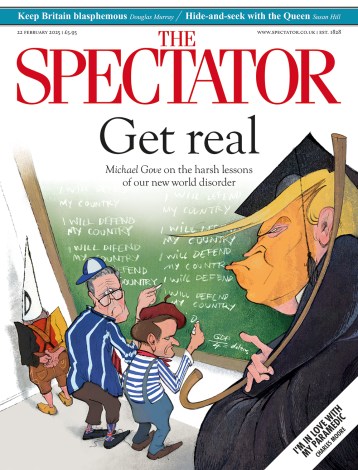Reports of the death of bookstores are fiction. In 1931, there were about 4,000 bookstores in the United States. Almost all of them were gift stores, selling a limited stock of paperbacks. Only about 500 of them were specialist bookstores, and almost all of them were in major cities. True, between 1995 and 2000, the number of independent bookstores collapsed by 40 per cent. Amazon opened for business in 1994, but two other factors were big-city gentrification, and the expansion of mediocre chains like Barnes & Noble and Borders, which went public in 1995.
Now, the big chains are gone — and who, apart from a homeless person looking for a day bed, will miss them? — and independent bookstores are booming. The American Booksellers Association says that its membership has increased 40 per cent since 2009, to 2,391. And the rise of big-city rents makes it more likely that if you live in a smaller city, you might be near a bookstore.
In ‘The Ignorance of the Learned’ (1821), Hazlitt wrote that we use books less as ‘spectacles to look at nature’, than as ‘blinds to keep out its strong light and shifting scenery’. The

Get Britain's best politics newsletters
Register to get The Spectator's insight and opinion straight to your inbox. You can then read two free articles each week.
Already a subscriber? Log in









Comments
Join the debate for just $5 for 3 months
Be part of the conversation with other Spectator readers by getting your first three months for $5.
UNLOCK ACCESS Just $5 for 3 monthsAlready a subscriber? Log in